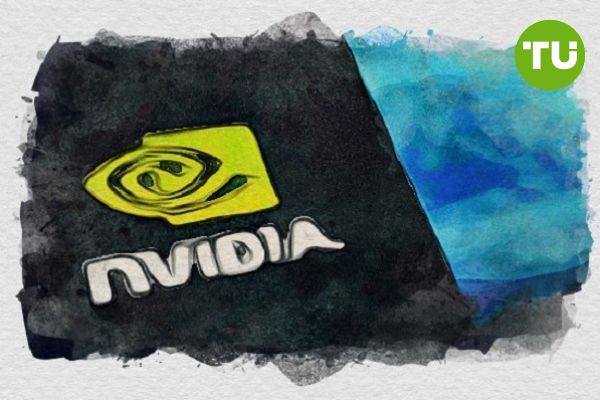Nvidia stock shows bearish technical signal amid market uncertainty
 Higher interest rates tend to weigh on growth stocks like Nvidia.
Higher interest rates tend to weigh on growth stocks like Nvidia.
Nvidia's stock is trading at $118.53 on March 21, 2025, gaining 0.9% from the previous close despite the concerning technical setup. Nvidia Corporation (NVDA) has recently exhibited a significant technical pattern known as the "death cross," where the 50-day moving average (50-DMA) has crossed below the 200-day moving average (200-DMA). This is a traditionally bearish signal, suggesting that downward momentum may continue in the short term.
Currently, the 50-DMA stands at approximately $127.39, while the 200-DMA is at $127.73. The fact that the stock price is positioned below both of these key moving averages underscores the prevailing bearish momentum. Historically, Nvidia has experienced this "death cross" pattern 12 times since its public listing, with roughly 75% of these instances resulting in further declines. On average, the stock has dropped around 41% following the formation of this pattern, which signals the potential for a significant pullback.

NVDA stock price dynamics (January 2025 - March 2025). Source: TradingView.
Key support levels to monitor are $115 and $100, with a deeper downside target at $96 if selling pressure intensifies. On the upside, immediate resistance lies at $128, followed by a stronger barrier at $132. A move above these resistance levels could help Nvidia regain some positive momentum, but failure to break these levels could reinforce the downward trend. The formation of the death cross, combined with declining trading volume and weakening relative strength index (RSI), suggests that bears currently have the upper hand.
General market context
Nvidia's recent stock performance has been shaped by both internal developments and broader market dynamics. The company's recent GTC (GPU Technology Conference) event saw CEO Jensen Huang unveil a range of advancements in artificial intelligence (AI) and partnerships. However, the market's reaction was lukewarm, with Nvidia’s stock sliding 3.4% following the keynote. The muted response indicates that investors may have already priced in the AI growth narrative or are concerned about the company's ability to sustain its competitive edge.
Another factor weighing on Nvidia's stock is the growing competitive pressure in the AI chip market. Reports have emerged that Nvidia’s AI chips have been reaching China through third-party resellers, potentially circumventing U.S. export controls. This has raised concerns about future regulatory actions that could impact Nvidia’s revenues and market access. Additionally, China's DeepSeek recently launched an AI model that rivals Nvidia’s products but was developed at a fraction of the cost. This has sparked fears that Nvidia's high-end GPUs could face declining demand as more cost-effective solutions enter the market.
The broader market context has also been challenging. The technology sector has seen increased volatility amid rising bond yields and concerns about the Federal Reserve’s monetary policy stance. Higher interest rates tend to weigh on growth stocks like Nvidia, as they increase the cost of capital and reduce the present value of future earnings. The recent $600 billion market value loss, marking the largest single-day loss in U.S. market history, reflects the heightened sensitivity of tech stocks to macroeconomic headwinds.
Price forecast and scenarios
Given the current technical setup and market environment, Nvidia’s stock is likely to face continued downside pressure in the near term. If the stock breaks below the immediate support at $115, a retest of the psychologically significant $100 level appears likely. Further downside could push the stock toward the $96 level, where buyers may attempt to stabilize the price.
Conversely, if Nvidia manages to reclaim the $128 resistance level and sustains momentum above $132, a recovery toward the $140 to $145 range could be possible. However, for this bullish scenario to materialize, Nvidia would need to see renewed buying interest, potentially fueled by stronger-than-expected earnings or positive AI-related news. Until the technical indicators improve and market sentiment stabilizes, the prevailing bias remains bearish. Investors should watch for any shifts in volume and RSI patterns as key signs of a potential reversal.
In February, Nvidia and Cisco expanded their partnership to simplify AI adoption by combining Nvidia’s AI server technology with Cisco’s connectivity solutions, reducing complexity for corporate data centers. This collaboration aims to extend AI capabilities beyond hyperscalers like Microsoft and Amazon, targeting a broader range of businesses and government organizations.













































































































































